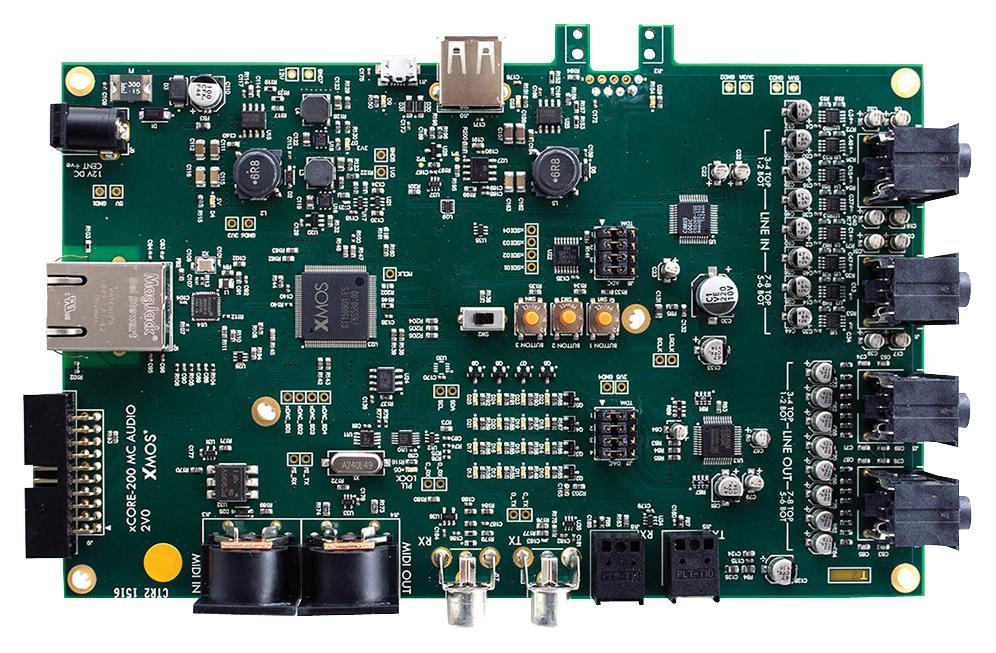
When this is set to anything except 'Disabled', you can drag the Speakerphone and/or Sound Card components from the device's Inventory tree into your design. Provides the capability of passing audio via USB. To see what Properties are available when the USB Video Bridge is enabled, see USB Video Bridge. This exposes the USB Video Bridge component in the I/O-USB Bridge Inventory tree. USB Video BridgeĮnable the USB Video Bridge to bridge Q-SYS Mediacast streams to USB, enabling you to view Mediacast video on a connected computer. Tip: Enabling Zoom Compatibility may improve the user experience with macOS conferencing solutions. When this property is enabled, the USB Bridge Name property is disabled, and the USB Bridge automatically uses the name of the device for compatibility with Zoom's allowed device list – for example, "Q-SYS Core 110f" or "Q-SYS NV-32-H". If you are using the HID Conferencing component to control a remote computer running Zoom, set this property to 'Enabled.' Otherwise, when controlling another conferencing app such as Skype for Business, set to 'Disabled' (default). Audio from Q-SYS (in this case, an Audio Player) is sent to the computer for playback. Audio from the computer is sent to a Q-SYS network amplifier and speakers. The I/O USB Bridge's USB Audio Bridge is configured as a Sound Card (2 input channels, 2 output channels). In this example, a PC is connected to the USB B port on an I/O USB Bridge.

The USB Out component is viewed as an audio input device ('Recording' tab in Windows) by your computer. The USB Out component sends audio from Q-SYS to your computer (for example, to conferencing software).The USB In component is viewed as an audio output device (Playback' tab in Windows) by your computer. The USB In component receives audio from your computer (for example, from a music player or conferencing software) and sends it to Q-SYS for processing.In your computer's audio setup, configure the settings to enable these devices – for example, "Set Default" in Windows. Your computer detects the Q-SYS device as a playback and/or recording audio device.

Note: If you are using Speakerphone type, be sure to include the Acoustic Echo Canceler component in your design. Drag the USB In and Out components into your schematic, and then wire them to other Q-SYS audio components.Some devices support 'Advanced' mode – for more information on all modes, see Properties. From the Q-SYS device's properties, set the USB Audio Bridge property to Speakerphone or Sound Card (or both).


 0 kommentar(er)
0 kommentar(er)
